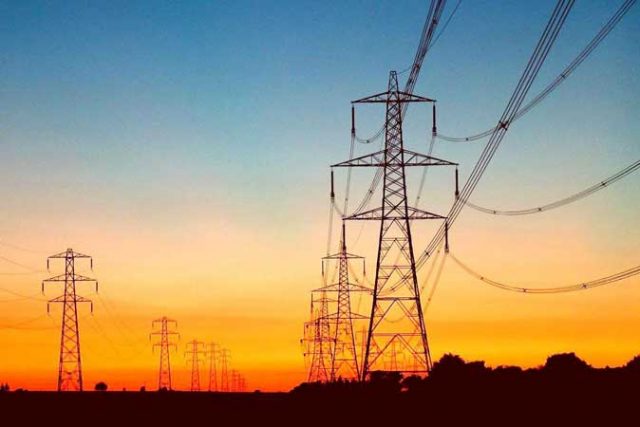DoE expects more red alerts in Luzon until July – BusinessWorld

THE LUZON GRID will likely experience more red alerts until July, raising the possibility of more “brownouts” as several power plants undergo maintenance work, according to the Energy department.
“In the coming weeks up until Week 30 (end of July), we will see that the preventive maintenance schedules (of power plants) will happen at the same time,” Department of Energy (DoE) – Electric Power Industry Management Bureau Director Mario C. Marasigan said during a public hearing on Thursday.
The country is currently at Week 24, based on DoE’s method of reckoning.
He said GNPower Mariveles Energy Center Ltd. Co. is still on extended outage, while Sual unit 1 of TeaM Sual Corp. will start its preventive maintenance next month.
“As these numerous plants undergo preventive maintenance in the coming weeks, there is a potential that we won’t just have yellow alerts, but red alerts,” Mr. Marasigan said, noting this may happen if unit 1 of the 668-megawatt (MW) GNPower Dinginin Ltd. Co’s (GNPD) coal plant does not begin operations by next week.
A yellow alert is issued when reserves fall below ideal levels. A red alert is declared if the supply-demand balance deteriorates further, bringing the possibility of power interruptions.
During the hearing, GNPD Vice-President Roberto Racelis, Jr. said that unit 1 of the plant is expected to begin full operations by end of August.
Meanwhile, KEPCO Ilijan Corp., which operates the 1,200-MW gas plant, said through a company representative that it is delaying its maintenance schedule to July from May.
DoE data showed that the KEPCO Ilijan plant was operating on a de-rated basis or reduced capacity of 716 MW as of June 2.
The Luzon grid was placed under red alert for three consecutive days from May 31 to June 2, amid the forced outages of plants and higher temperatures.
RESERVE REQUIREMENT
On Thursday, DoE Secretary Alfonso G. Cusi maintained the need for reserves which assures the stability of the power grid. He emphasized that it was the system operator’s mandate to ensure that there was enough firm-contracted ancillary services (AS).
Citing estimates from the department, Mr. Cusi explained that firm contracting is “far more economical” than having low reserves which result in load dropping that causes “brownouts.”
He noted the National Grid Corp. of the Philippines (NGCP) is currently collecting 34 centavos per kilowatt-hour for firm contracts.
The DoE previously said that the NGCP has not been complying in terms of the required reserves procured through firm contracts as of end-2020.
It reported that the grid operator has only contracted firm-based regulating, contingency, and dispatchable reserves of 237 MW, 180 MW, and 145 MW, respectively, for the Luzon grid.
The major island grid’s required capacity for regulating, contingency and dispatchable reserves are at 491 MW, 647 MW, and 647 MW.
Under a department circular issued in 2019, the NGCP is required to fully procure firm-contracted reserves to guarantee the grid’s reliability.
In the same hearing, Energy Regulatory Commission Chairperson (ERC) Agnes VST Devanadera said since the issuance of the ruling, the commission “does not act on any applications for non-firm (contracts).”
In a separate statement, NGCP President and Chief Executive Officer Anthony L. Almeda said that procuring AS on either firm or non-firm contracts will not solve the recurring brownouts or power interruptions.
What we have is a supply and not a distribution problem. For the grid to effectively address imbalances between supply and demand, we need to increase the power capacity of the country to meet rising demand as we start to recover and fully reopen the economy,” he said.
The NGCP earlier announced that it would hold a competitive public bidding process for the supply of AS to fulfill government requirements and secure the “best value” for consumers. — Angelica Y. Yang
For all the latest Business News Click Here
For the latest news and updates, follow us on Google News.
